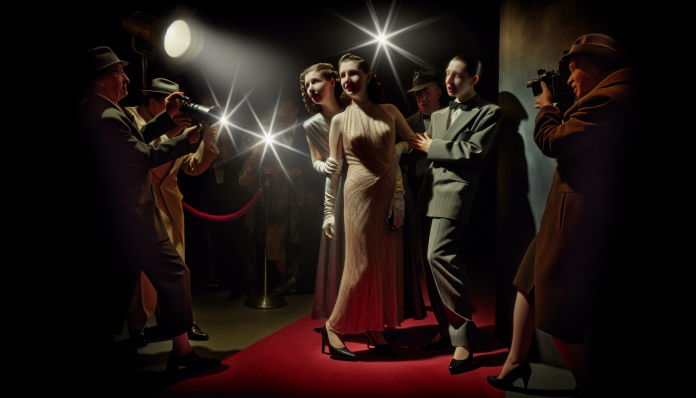The Unraveled Mysteries of Judy Garland’s Toxic Love Life
Introduction
In the glitzy world of Hollywood’s Golden Age, few stars shined as brightly as Judy Garland. Best known for her iconic role as Dorothy in “The Wizard of Oz,” Garland’s life was a kaleidoscope of triumphs and tragedies, overshadowed by a tumultuous love life that became the fodder for gossip and scandal. Born in 1922, Garland’s rise to fame coincided with a period of strict social norms and moral expectations which would later contrast sharply with modern attitudes toward relationships and mental health.
The Scandal
Judy Garland’s tumultuous love life was marked by a series of scandalous relationships, but perhaps none drew as much attention as her marriage to director Vincente Minnelli. After their marriage in 1945, Garland’s relationship with Minnelli quickly became a subject of speculation. Their 1946 wedding followed a whirlwind romance, and soon after, the couple welcomed their daughter, Liza Minnelli. Yet behind the glittering façade, tension brewed.
- Marital Strain: Critics and fans alike were privy to rumors about Garland’s struggles with mental health, exacerbated by workplace pressures and her dependence on prescription drugs.
- Adultery and Heartache: Reports of Minnelli’s infidelity made headlines while Garland grappled with jealousy and insecurities. Her heartbreak played out in the tabloids, laying bare the cracks in their once picture-perfect marriage.
In 1951, their split was finalized, and Garland’s emotional turmoil only deepened. “For years, I’ve been a crazy woman. I’ve been divorced more times than I can count,” Garland lamented, encapsulating the public’s perception of her tumultuous romantic life, which often overshadowed her immense talent.
Moral and Cultural Analysis
At the time, Garland’s personal struggles were met with a mixture of sympathy and sensationalism. The media capitalized on her misfortunes, often framing her mental health battles as personal failings. Society viewed divorce harshly, and women especially faced stigma for their romantic choices and emotional vulnerabilities. Critics pounced upon her multiple marriages and relationships, interpreting them through a lens of moral judgment that was prevalent in the 1940s and 1950s, where women were expected to adhere to strict societal norms.
- Consequences: The fallout from Garland’s relationships took a toll on her professional life as well. While she remained a beloved star, her erratic behavior and health struggles began to impede her career.
In stark contrast, had Judy Garland lived today, her story might be embraced as one reflective of the struggles many face in a society now more aware of mental health complexities. The stigma around divorce has diminished significantly, and there’s a growing recognition of the pressures placed on individuals in the public eye.
Modern audiences might appreciate the deep emotional struggles behind Garland’s experiences rather than focus solely on the scandal. Media scrutiny that once vilified her could evolve into narratives promoting understanding and compassion for those facing similar challenges. Her journey could be acknowledged as a reflection of resilience amidst adversity rather than merely a series of unfortunate events.
The complexities of Garland’s love life, intertwined with fame and mental health, continue to resonate, underscoring how societal attitudes can shape the narrative surrounding personal crises.

